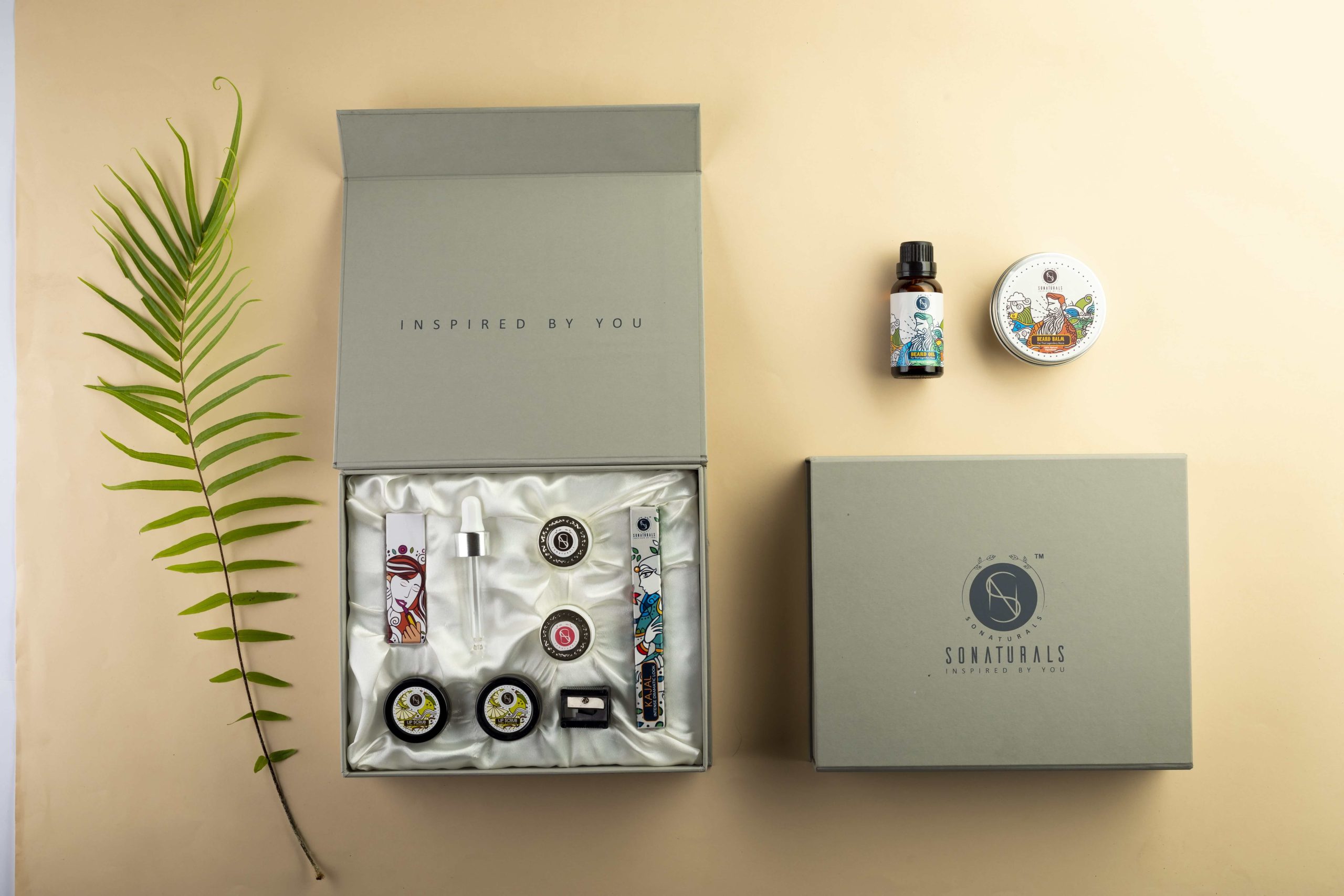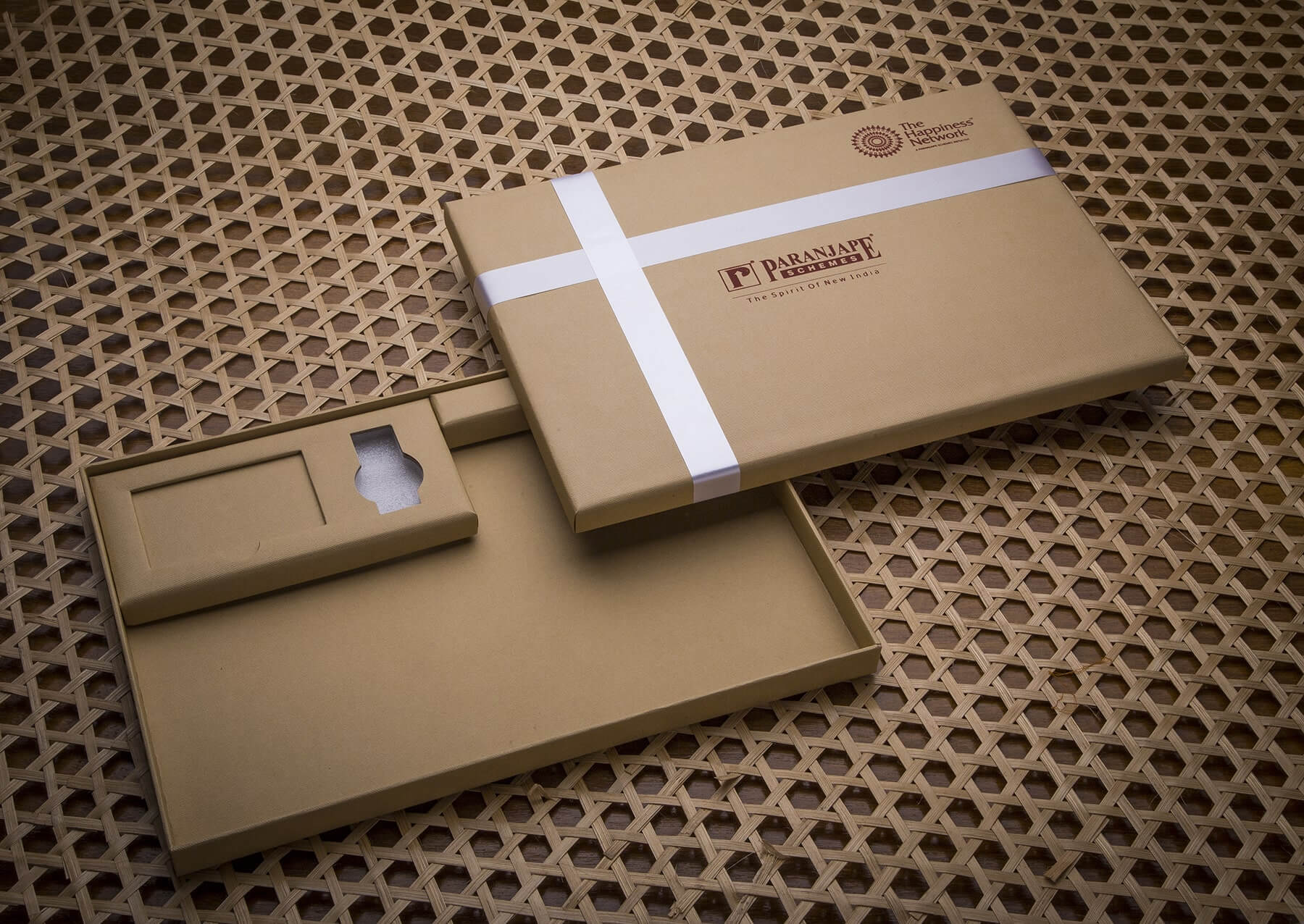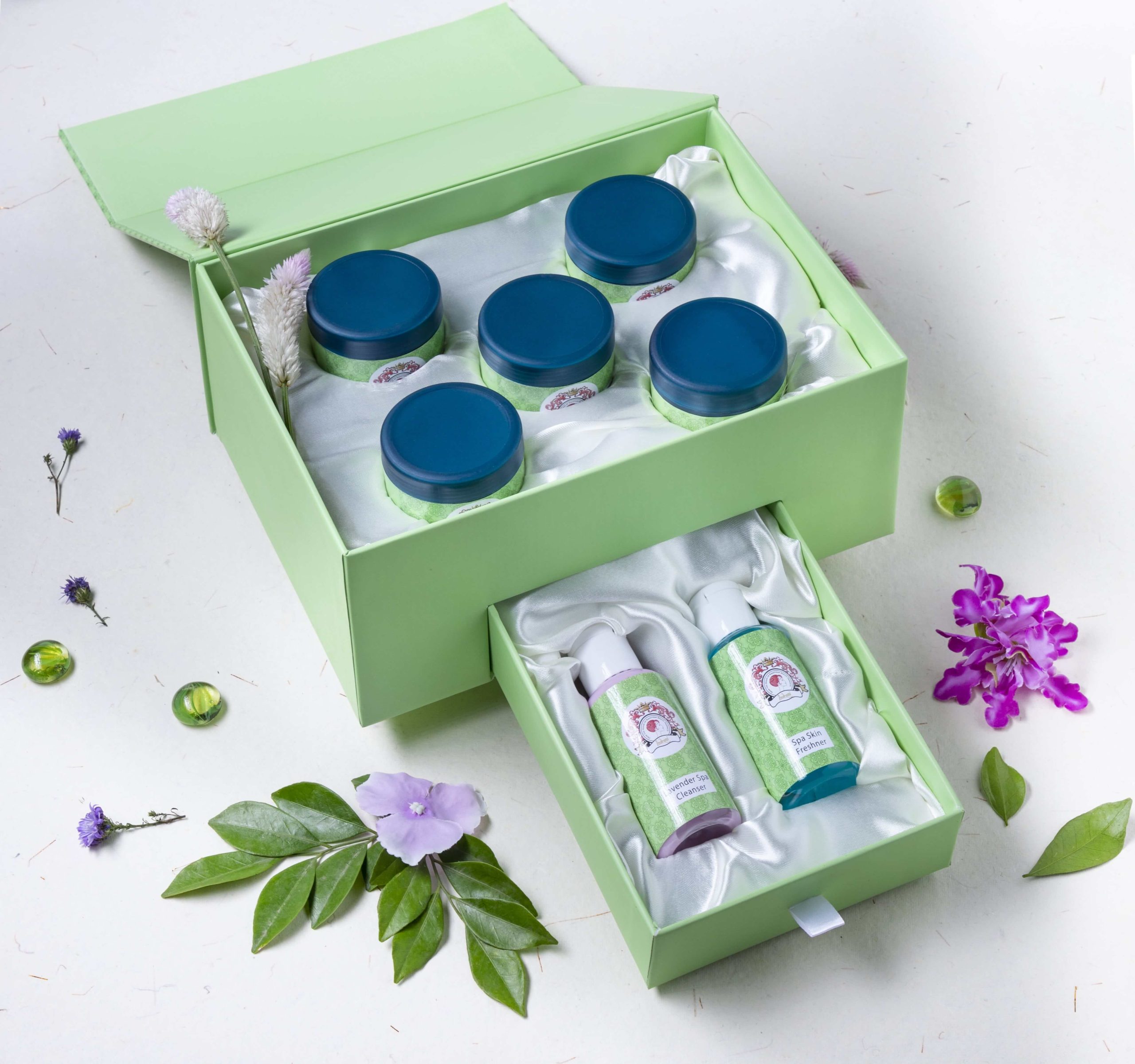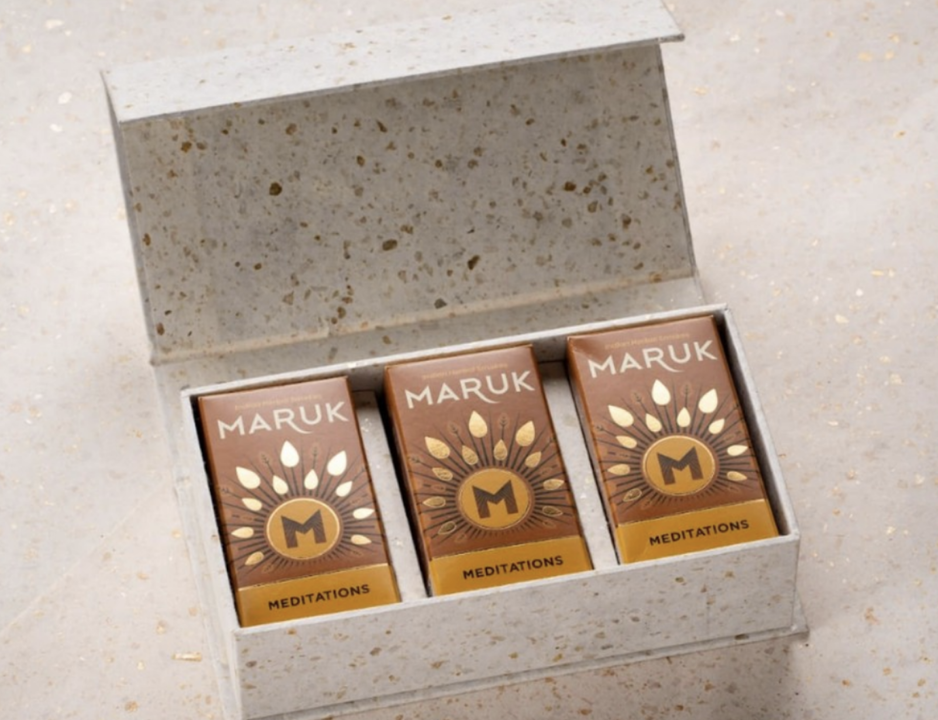Packaging plays a crucial role in product protection, encompassing factors beyond just aesthetics. Effective packaging not only ensures that products reach consumers intact but also helps uphold safety standards, prolong shelf life, and mitigate environmental impact.
Understanding the different aspects of packaging is essential for businesses to make informed decisions and ensure their products are delivered in optimal condition.
Understanding the Importance of Packaging
 When we think about packaging, it’s easy to focus on its visual appeal or branding potential. However, packaging serves a fundamental purpose that goes beyond aesthetics. At its core, packaging is all about product protection.
When we think about packaging, it’s easy to focus on its visual appeal or branding potential. However, packaging serves a fundamental purpose that goes beyond aesthetics. At its core, packaging is all about product protection.
Product protection encompasses various elements, such as safeguarding against physical damage, preventing contamination, and ensuring overall product integrity.
Packaging acts as the first line of defense, shielding the product from external forces that could potentially harm it.
But let’s delve deeper into the world of packaging and explore the intricate details that make it such a crucial aspect of product development and delivery.
Defining Product Protection
Product protection refers to the measures taken to preserve a product’s quality and integrity throughout its journey from production to consumption.
It involves designing packaging that can withstand the challenges posed by handling, transportation, and storage, while also meeting regulatory requirements.
Imagine a delicate glass bottle filled with a precious perfume. Without proper packaging, the bottle could shatter during transit, rendering the product unusable.
To prevent such mishaps, packaging engineers meticulously design protective structures, such as cushioning materials and shock-absorbing features, to ensure that the product arrives in perfect condition.
Moreover, product protection extends beyond physical damage. In industries like electronics, where static electricity can wreak havoc on sensitive components, packaging materials with anti-static properties are employed to mitigate potential risks.
This attention to detail ensures that the product remains intact and functional, ready to be enjoyed by the end-user.
The Relationship Between Packaging and Product Safety
Good packaging is not only about protecting the physical aspects of a product but also minimizing potential health risks. In industries such as food, pharmaceuticals, and cosmetics, packaging plays a vital role in maintaining product safety.
It keeps contaminants at bay, prevents tampering, and ensures that the product remains hygienic until the consumer opens it.
Consider a package of fresh produce. The packaging not only serves as a barrier against external contaminants like dirt and bacteria but also helps to regulate temperature and humidity, preserving the freshness of the fruits and vegetables.
This ensures that consumers receive safe and high-quality products, free from any potential health hazards.
In the pharmaceutical industry, packaging goes beyond mere protection. It also includes features like child-resistant caps and tamper-evident seals, which are designed to prevent accidental ingestion or unauthorized access to medication.
These safety measures provide peace of mind to both consumers and regulatory authorities, ensuring that the product reaches the intended user in a safe and secure state.
Furthermore, packaging plays a crucial role in communicating important information to consumers. From ingredient lists and nutritional facts to dosage instructions and expiration dates, packaging serves as a platform for providing essential details that enable consumers to make informed decisions about the products they purchase and consume.
So, the next time you come across a beautifully designed package, remember that it’s not just about the eye-catching visuals.
Behind the scenes, packaging experts are working diligently to ensure that the product inside remains protected, safe, and of the highest quality.
Different Types of Packaging Materials

Choosing the right packaging material is essential to ensure optimal product protection. Each material has its strengths and weaknesses, and careful consideration must be given to the specific requirements of the product.
Understanding the different types of packaging materials and their unique properties is crucial in selecting the most appropriate option that provides the best protection and presentation for your product.
Characteristics of Effective Packaging Materials
Effective packaging materials possess certain characteristics that contribute to product protection. These include durability, resistance to moisture, temperature control capabilities, and the ability to provide adequate cushioning and shock absorption.
Durability is a crucial factor when it comes to packaging materials. Products need to be protected throughout the entire supply chain, from manufacturing to transportation and storage.
Packaging materials such as corrugated cardboard and plastics are known for their strength and ability to withstand rough handling.
Resistance to moisture is another important characteristic. Moisture can damage products, leading to spoilage or reduced quality.
Packaging materials like plastics and glass have excellent moisture resistance, ensuring that the products remain intact and unaffected by external factors.
Temperature control capabilities are particularly crucial for products that are sensitive to temperature fluctuations. Certain materials, such as foam, are excellent insulators and can provide insulation against extreme temperatures, keeping the products within the desired temperature range.
Adequate cushioning and shock absorption are essential to protect fragile products. Packaging materials like foam and corrugated cardboard are known for their ability to absorb shocks and provide a cushioning effect, preventing any damage during transportation or handling.
Choosing the Right Packaging Material for Your Product
When selecting packaging materials, businesses must consider factors such as the nature of the product, its fragility, shelf life, and the expected conditions during transportation and storage.
Choosing the wrong material can result in compromised product integrity and increased costs due to damages or spoilage.
For products that are prone to breakage, such as glassware or delicate electronic devices, materials like foam or bubble wrap provide excellent protection. These materials offer a cushioning effect that absorbs shocks and prevents any damage to the fragile items.
Corrugated cardboard is a versatile packaging material that is widely used across various industries. It is lightweight, cost-effective, and offers excellent protection against impacts.
Additionally, it can be easily customized to fit the specific dimensions of the product, providing a snug fit and minimizing movement during transportation.
Plastics, on the other hand, are known for their versatility and durability. They can be molded into different shapes and sizes, making them suitable for a wide range of products.
Plastics also offer moisture resistance, ensuring that the products remain unaffected even in humid or wet conditions.
Glass packaging is commonly used for products that require a high level of visibility or have specific aesthetic requirements. Glass provides an excellent barrier against oxygen and moisture, making it ideal for preserving the freshness and quality of food and beverages.
Metal packaging, such as aluminum cans or steel drums, is often chosen for its strength and ability to provide a secure seal. Metal containers are tamper-resistant and offer protection against external elements, making them suitable for products that require long-term storage or transportation.
In conclusion, choosing the right packaging material is crucial for ensuring the protection and integrity of products. By considering factors such as durability, moisture resistance, temperature control capabilities, and cushioning properties, businesses can select the most suitable material for their specific needs.
Whether it’s corrugated cardboard, foam, plastics, glass, or metal, each packaging material has its unique attributes that contribute to the safe and efficient transportation and storage of products.
The Science Behind Packaging and Product Protection

Behind every effective package lies the science that makes it capable of protecting products. Understanding this science allows businesses to optimize their packaging strategies and ensure maximum protection.
At Unbox, a box manufacturing company, this science is meticulously applied to design and produce packaging solutions that meet diverse industry needs with precision and reliability.
How Packaging Prevents Damage
Packaging must be designed to withstand various types of forces, such as impacts, vibrations, changes in temperature and humidity, and stacking pressures.
By using appropriate materials, engineering techniques, and structural design, packages can absorb and distribute these forces, minimizing the risk of damage to the product inside.
The Role of Packaging in Product Preservation
Packaging plays an instrumental role in preserving the quality and extending the shelf life of many products. It can offer protection against spoilage factors like air, light, moisture, and microorganisms.
By creating barriers and utilizing technologies such as modified atmosphere packaging or vacuum sealing, packaging helps maintain product freshness and integrity.
The Environmental Impact of Packaging
 While packaging is essential for product protection, it is crucial to strike a balance between safeguarding the product and reducing the overall environmental impact of packaging materials.
While packaging is essential for product protection, it is crucial to strike a balance between safeguarding the product and reducing the overall environmental impact of packaging materials.
Balancing Product Protection and Sustainability
As consumers become increasingly environmentally conscious, businesses are under pressure to adopt sustainable packaging practices. Innovations, such as using recyclable or biodegradable materials and reducing packaging waste, allow companies to mitigate the environmental impact while still ensuring product protection.
Innovations in Eco-Friendly Packaging
The packaging industry is constantly evolving, and technological advancements have led to the development of more eco-friendly solutions. From plant-based plastics to mushroom packaging and edible packaging alternatives, these innovations offer promising alternatives to traditional packaging materials.
Future Trends in Packaging for Product Protection

The field of packaging continues to evolve, driven by advances in technology, changing consumer demands, and environmental considerations.
In response to these factors, sustainable packaging trends have emerged, focusing on reducing environmental impact through the use of recyclable materials, efficient design, and innovative, eco-friendly manufacturing processes.
Technological Advances in Packaging
Advancements in technology are revolutionizing the packaging industry, leading to innovations like smart packaging, active packaging, and nanotechnology-based packaging.
These technologies offer enhanced product protection, real-time tracking and monitoring, and improved consumer engagement.
The Future of Sustainable Packaging
In the quest for sustainable packaging, future trends are likely to focus on creating fully recyclable or compostable materials, optimizing package-to-product ratios, and exploring alternative materials from renewable sources.
The future of packaging lies in finding innovative solutions that strike the perfect balance between product protection and environmental responsibility.
In Conclusion
Packaging is undeniably a vital aspect of ensuring product protection. A well-designed package not only safeguards the product but also enhances its marketability and satisfies consumer expectations.
By understanding the importance of packaging, businesses can make informed decisions that optimize product protection, preserve quality, and contribute to a more sustainable future.
FAQs:
- Why is packaging important beyond its aesthetic appeal?
Packaging’s primary role is product protection. It safeguards against physical damage, contamination, and ensures overall product integrity during handling, transportation, and storage.
Packaging also plays a crucial role in maintaining product safety, particularly in industries like food, pharmaceuticals, and cosmetics.
- What does product protection in packaging entail?
Product protection involves designing packaging that can withstand various challenges such as impacts, vibrations, temperature changes, and pressure during transportation and storage.
It also includes safeguarding products from contamination and preserving their quality and integrity throughout their lifecycle.
- How does packaging contribute to product safety in specific industries like food and pharmaceuticals?
In these industries, packaging is vital for maintaining hygiene, preventing tampering, and keeping contaminants at bay.
It helps regulate temperature and humidity for perishable items, and includes safety features like child-resistant caps and tamper-evident seals in pharmaceuticals.
- What are some characteristics of effective packaging materials?
Effective packaging materials are durable, moisture-resistant, capable of temperature control, and provide adequate cushioning and shock absorption.
They need to be chosen based on the product’s nature, fragility, shelf life, and the expected conditions during transportation and storage.
- How do different materials cater to various packaging needs?
Materials like corrugated cardboard and plastics are known for their strength and moisture resistance, ideal for rough handling and humid conditions.
Foam and bubble wrap provide excellent cushioning for fragile items, while glass and metal offer a high level of visibility and secure sealing for long-term storage.





